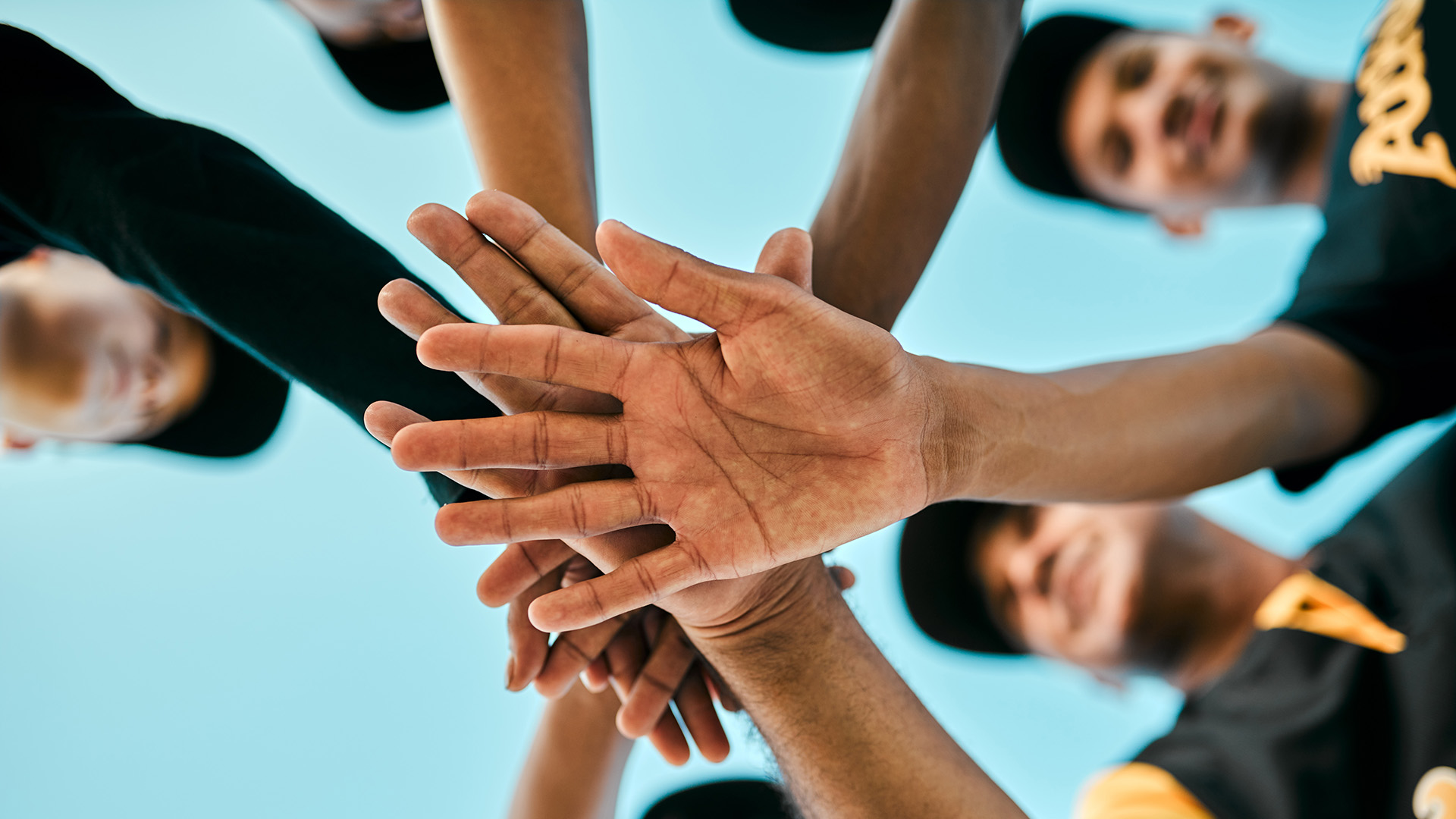August 2023

Australia is a vibrant, multicultural country. It is home to the world’s oldest continuous indigenous cultures. Australia is also a nation of migrants. The 2021 Census found that almost half of Australians have a parent born overseas (48.2 per cent) and the population continues to be drawn from around the globe, with 27.6 per cent of people reporting a birthplace overseas.
When it comes to sport participation, figures show that people born in non-English speaking countries are less likely to participate in sport and physical recreation than those born in Australia, with women from non-English speaking backgrounds having the lowest levels of participation.
What prevents multicultural involvement in sport?
Many people who have migrated to Australia may have played sport in their home countries prior to arriving. But once they have settled in Australia, they can face significant barriers and challenges to participating in organised sport and other recreational activities:
- Parents prioritising religious commitments, education, or employment over sport
- Assumption that players need to be skilled and dedicated
- Cost of membership and equipment
- Cultural awareness in clubs, particularly towards women
- Language barriers
- Trauma from their experience as a refugee
What encourages multicultural involvement in sport?
People from multicultural backgrounds participate in sport for the same reasons as anyone else – to have fun, get active, make friends and learn new skills. However, there are some specific things that you should consider when encouraging multicultural communities to get involved:
- Supporting settlement into the community
- Flexible or low fees
- Culturally appropriate and accessible language
- Social and fun aspects
- Involvement in the club’s decision making
- Culturally considerate food (Halal, Kosher, vegetarian, etc.; limiting supply of alcohol at events)
The importance of targeted communication
English is often not the first language of new Australians, but language barriers are just part of the communication challenge. Awareness barriers need to be addressed too, as many among multicultural audiences do not know where to look for sport clubs and programs or how to join. Sport Australia’s Market Segmentation Research found that multicultural audiences tend to respond well to offers of joining mainstream organisations when this is communicated through trusted sources such as community and cultural networks.
So, how can you ensure your communication is targeted for multicultural people in your community?
- Address perceptions that your club might be costly, exclusive, and membership is solely dependent upon on skill level. Make a public statement that the club welcomes the diversity of your whole community in terms of experience, culture, age, ethnicity economic status and so on.
- Consult multicultural communities in planning how they can participate. This will help you understand the needs and goals of participants, supports and modifications you might need to make, and address any cultural sensitivities and barriers that may impact involvement.
- Offer key communication materials in languages that people in your community speak and use plain English. Alternatively, provide audio-visual communication materials to reach more people.
Everybody should have access to sport for all the amazing benefits it provides. By adopting a positive mindset and taking action to create more opportunities to get involved, grass roots sport can become a more welcoming, vibrant and connected place that reflects the rich diversity of the wider community.
Visit www.inclusivesportdesign.com for more inclusive sport resources, tips and tools.
References
Australian Human Rights Commission, Face the Facts Cultural Diversity
Australian Sports Commission, Clearing House for Sport, CALD Summary
Australian Sports Commission, Clearing House for Sport, Factors influencing sport participation (Cultural)
Centre for Multicultural Youth, Game Plan
Australian Bureau of Statistics (ABS), Cultural diversity of Australia
About the Author:
Michael Woods
Michael is a Diversity and Inclusion in Sport Consultant and is the Founder of Inclusive Sport Design. He draws on his 15 plus years’ experience as a sports administrator leading inclusion programming, strategy and policy to help sports people and organisations at all levels create more welcoming and inclusive opportunities. Why? So that sport is something that Every Body can be a part of.
This article was modified for brevity by Play by the Rules. For the full article please visit: https://www.ethnolink.com.au/blog/including-multicultural-communities-in-grassroots-sport/

